11 Retail Experiences From the ’80s That No Longer Exist

The 1980s offered retail experiences that shaped our memories and social lives in ways modern shopping can’t replicate. From the excitement of Friday nights at the mall to the anticipation of waiting for photo development, these shopping rituals defined a generation before technology changed everything. Let’s revisit these cherished retail experiences that have largely disappeared from American life.
1. Shopping Malls as Social Hubs
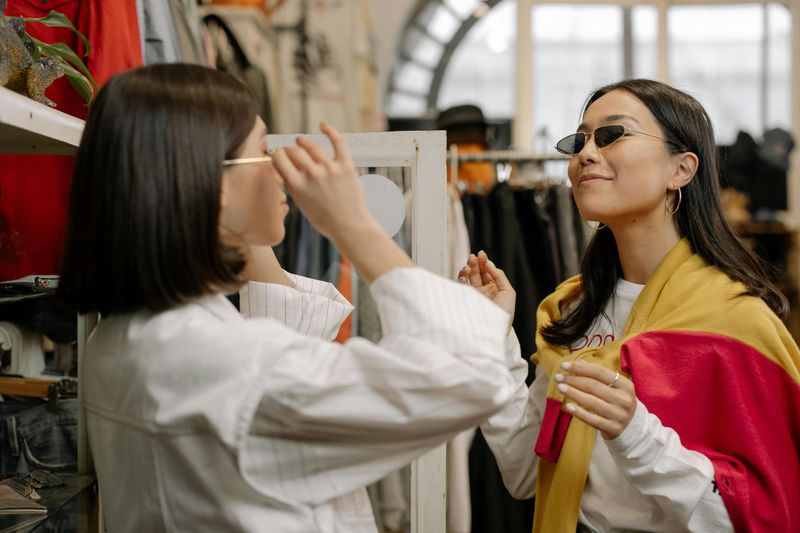
Friday nights at the mall were the highlight of teenage social calendars across America. These weren’t just shopping centers but community gathering spots where you’d spend hours with friends, cruising from store to store without necessarily buying anything.
Food courts buzzed with energy as families shared meals and teenagers flirted over shared french fries. Movie theaters, often attached to malls, made these retail spaces true entertainment destinations where you could easily spend an entire day.
While malls still exist, their cultural significance has dramatically diminished. The communal experience of mall culture—the random encounters with classmates, the window shopping, the Orange Julius stands—has been replaced by the isolation of online shopping and the efficiency of big box stores.
2. Catalog Shopping

The arrival of the Sears Wishbook or JCPenney Christmas catalog was practically a holiday itself. Children would circle desired toys with markers while parents dog-eared pages featuring appliances or clothing they hoped to purchase.
These massive catalogs—often several hundred pages thick—served as both shopping tools and entertainment. Families gathered around to flip through the glossy pages, discussing potential purchases and dreaming about items beyond their budget.
Ordering required filling out paper forms and mailing them with checks, or making phone calls to place orders with live operators. The anticipation of waiting weeks for delivery created a shopping experience filled with patience and excitement that modern one-click ordering can’t replicate.
3. Video Rental Corners in Grocery Stores
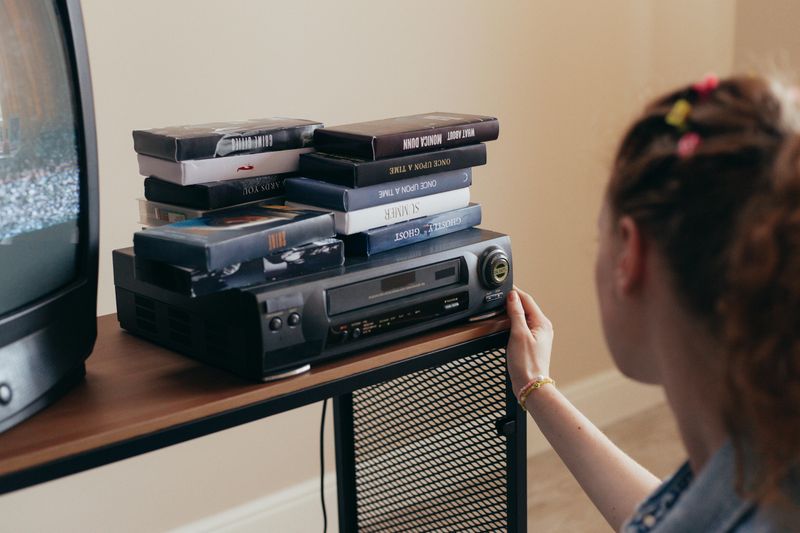
Neighborhood grocery stores and pharmacies featured small but mighty VHS rental sections. Usually tucked away in a corner, these modest collections of movies transformed routine errands into potential entertainment quests.
Movie selection was limited compared to later video stores, creating a first-come, first-served rush for new releases. Many families developed Friday rituals around picking up a movie along with their weekly groceries, making dinner-and-a-movie nights more spontaneous.
The physical movie cases were often empty, requiring customers to bring them to the counter where clerks would retrieve the actual tapes from behind the register. This system prevented theft but added a layer of personal service that’s completely absent from today’s streaming experiences.
4. Department Store Layaway Programs
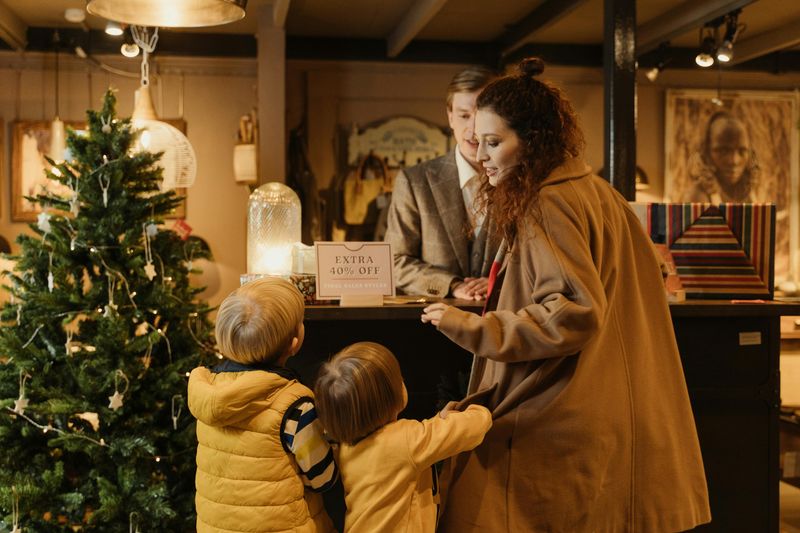
Before credit cards became ubiquitous, layaway programs helped families afford big purchases without going into debt. You’d select your items—perhaps a new winter coat or a bicycle for your child’s birthday—and the store would hold them while you made weekly payments.
The layaway counter was typically located in a back corner of department stores like Sears, Montgomery Ward, or JCPenney. Each visit to make a payment built anticipation, especially for children who knew their Christmas presents were being held somewhere in the store.
Store employees would write receipts by hand, updating your balance in ledgers. This financial arrangement fostered relationships between customers and store staff that lasted years, creating loyalty that transcended mere transactions.
5. Vibrant Mall Arcades

The cacophony of beeps, boops, and victory sounds guided mall-goers toward arcades like Aladdin’s Castle or Time-Out. These dimly lit wonderlands filled with neon lights and row after row of cabinet games were destinations unto themselves.
Parents would hand over a few dollars for tokens or quarters, then shop while kids pumped coins into Pac-Man, Galaga, or Donkey Kong machines. Skilled players drew crowds of onlookers, creating spontaneous communities around popular games and high-score competitions.
Birthday parties often culminated in arcade visits, where the birthday child received special treatment and extra tokens. While some modern entertainment centers include arcade games, they lack the cultural centrality and social significance these spaces held for ’80s youth.
6. Record Stores With Listening Stations

Music shopping was a tactile, social experience centered around record stores like Sam Goody, Tower Records, or local indie shops. Album artwork was massive—especially for vinyl—allowing you to study band photos and read lyrics while deciding on purchases.
Many stores featured listening stations where headphones hung from the wall, connected to turntables or cassette players. Staff would play your selections so you could sample tracks before buying, offering personalized recommendations based on your taste.
The thrill of finding a rare album after digging through crates created a treasure hunt atmosphere. Weekly album releases drew crowds on Tuesdays, with fans lining up to grab new music—a communal excitement that digital downloads and streaming services have completely eliminated.
7. RadioShack’s Technological Wonderland
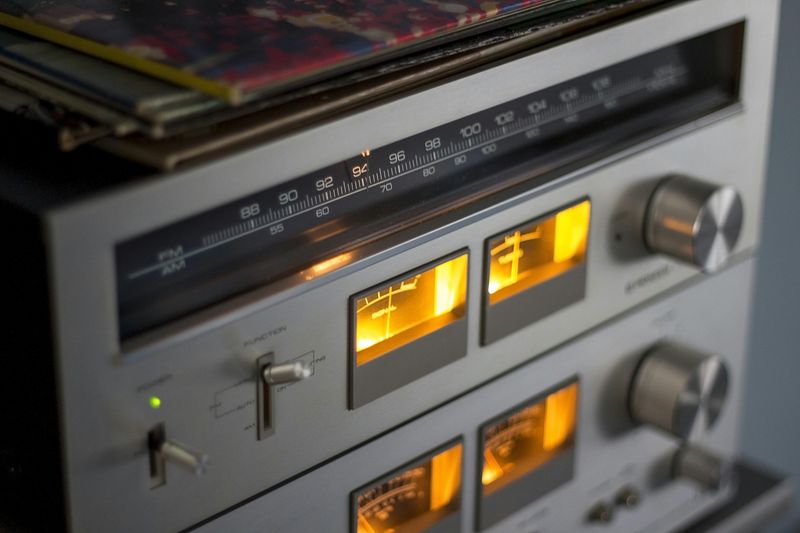
“You’ve got questions, we’ve got answers” wasn’t just a slogan—it was the RadioShack experience. These ubiquitous electronics stores occupied small spaces in virtually every American mall and shopping center, packed floor-to-ceiling with gadgets, components, and cutting-edge technology.
Shopping at RadioShack meant interacting with knowledgeable staff who could explain the difference between CB radios or help you select the right cables for your stereo system. The stores offered hands-on experiences with early personal computers, allowing customers to type commands into TRS-80s or play simple games.
Perhaps most nostalgic was the battery card program—customers received cards for free batteries annually, driving repeat visits. This combination of expertise, interactive displays, and customer perks created a retail experience that modern big-box electronics stores have never replicated.
8. Photo Development Counters

The ritual of dropping off film canisters at photo counters in drugstores or supermarkets created a unique rhythm to capturing memories. You’d fill out paper envelopes with your name and address, choosing between matte or glossy prints, regular or one-hour service.
The anticipation of returning days later to collect your photos added excitement to ordinary shopping trips. Families often opened envelopes right at the counter, laughing or groaning at the results while deciding which photos deserved duplicates for grandparents or photo albums.
These photo counters also offered specialty services like enlargements, photo Christmas cards, or transferring images to coffee mugs and t-shirts. The entire process—from dropping off film to the surprise of seeing which shots turned out well—created an emotional connection to photography that instant digital images can’t match.
9. In-Mall Travel Agencies

Planning a vacation meant visiting a storefront travel agency, often located in prime mall real estate with window displays featuring exotic destinations. Travel agents sat behind desks stacked with colorful brochures for cruises, resort packages, and guided tours.
The experience was highly personal—you’d describe your dream vacation while agents consulted massive flight directories and called hotels to check availability. Walls displayed posters of beaches and European landmarks, while model airplanes hung from ceilings, creating an atmosphere of adventure before your trip even began.
Booking often took multiple visits as agents researched options and presented itineraries typed on official letterhead. The expertise and personal service these agencies provided has largely disappeared, replaced by impersonal online booking sites that offer convenience but none of the excitement or guidance.
10. Full-Service Gas Station Convenience Stores

Pulling into a gas station meant being greeted by attendants who pumped your fuel, checked your oil, and washed your windshield—all while you remained comfortably in your car. These stations combined personal service with small convenience stores selling road trip essentials, fresh coffee, and local newspapers.
Mechanics in adjoining service bays performed repairs while customers browsed the store or chatted with staff. Many stations functioned as neighborhood gathering spots where locals exchanged community news while their cars were serviced.
Children looked forward to the free lollipops many attendants kept at their stations, while parents appreciated having someone else brave the elements to pump gas. This combination of retail, service, and community space has largely disappeared, replaced by anonymous self-service pumps and impersonal mega-convenience stores.
11. Personalized Customer Service
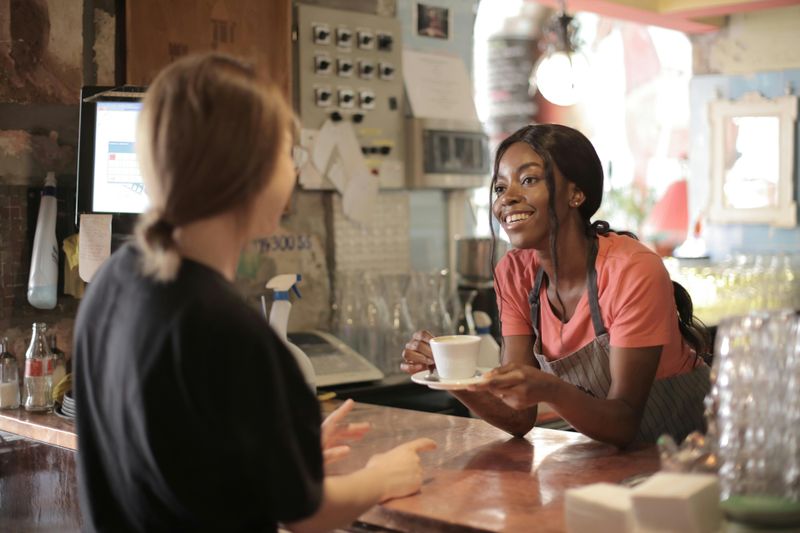
Department stores once employed expert sales associates dedicated to specific departments, offering knowledge and personalized service that’s virtually extinct today. Cosmetics counters featured beauticians who provided complimentary makeovers, while clothing departments had staff who knew your size and preferences by name.
Shopping for special occasions might involve a personal shopper who would gather options in a private fitting room, bringing refreshments while you tried on outfits. These employees earned commissions, motivating them to develop long-term relationships with customers rather than just completing transactions.
Gift wrapping departments transformed purchases into beautifully presented packages—a free service that emphasized the store’s commitment to customer experience. This level of individualized attention made shopping feel special, creating loyalty that kept customers returning to the same stores and sales associates for decades.

Comments
Loading…